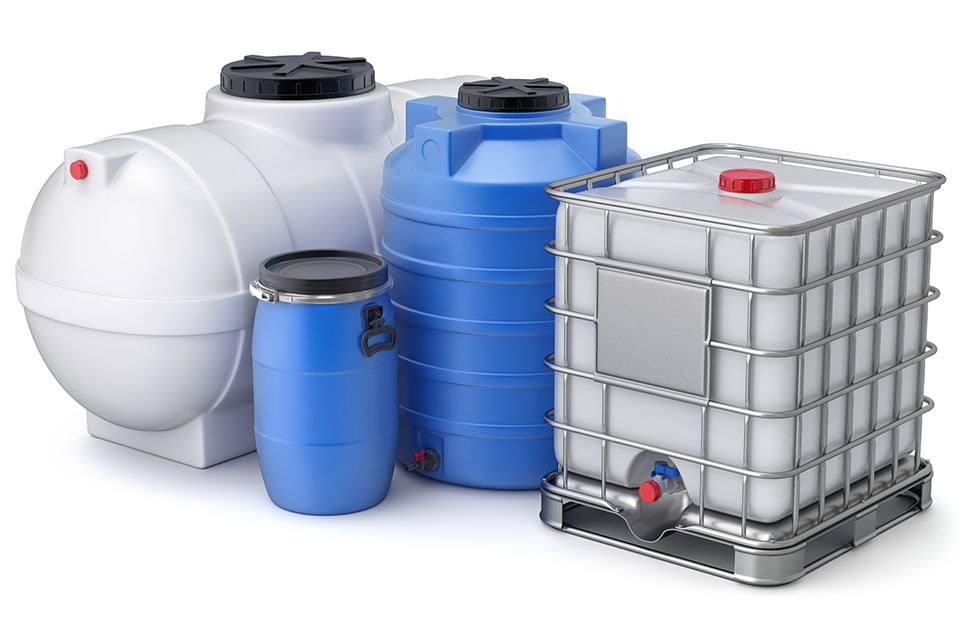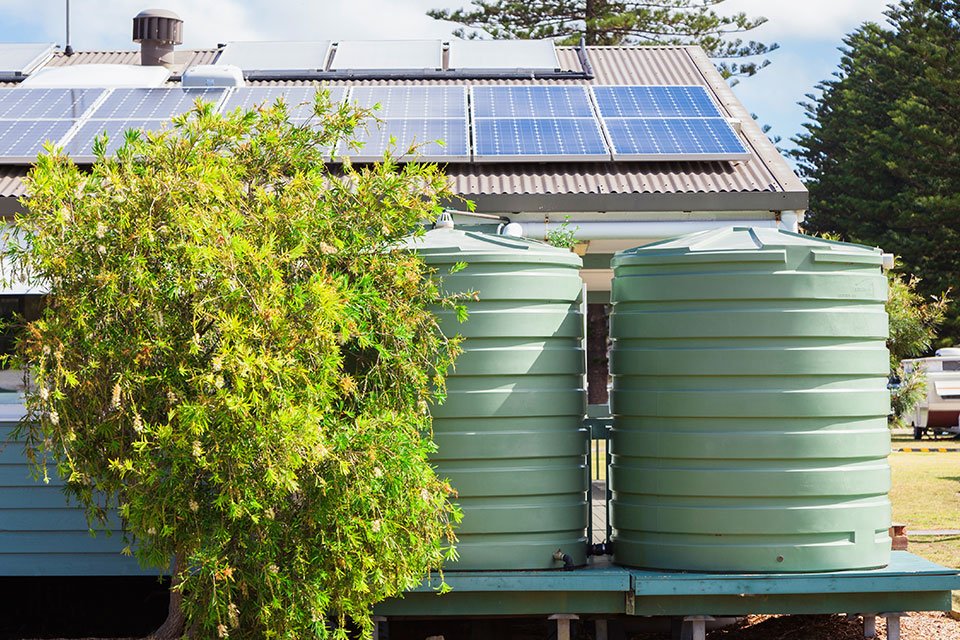
Water shortages continue to plague numerous areas worldwide, so installing a water tank can help safeguard your home against water interruptions. Adding a water tank to your property can help accommodate your household water demand, save on your monthly water bill, and take a step towards a more sustainable home.
As you explore the options, one of the most important factors to consider is the tank’s size. This article shares essential considerations to help you choose the right water tank size to accommodate your household.
Table of Contents
1. Determine Its Purpose
Choosing the right water tank size starts by understanding where you’ll use it. Are you installing a water tank to eliminate reliance on your local main supply? Will you use it for all your water needs, including drinking and cooking? Or do you plan to use it as a supplementary or backup supply for your existing water line? Whichever purpose you have, it would be an excellent move towards your decision-making.
2. Calculate Water Use
Once you know where to use the water tank, you can start calculating how much water you’ll need. The easiest way to do this is to check your water bill. Most water line meters record the amount of water used. You can tell how much water you’ve used by deducting your current meter reading from your previous one. To get a general idea of your average water use, check all readings for up to a year.
Another way to help calculate your water usage is to take advantage of water usage calculators online. These online tools can help you determine the daily amount of water you use. If you have the budget, you can hire an expert to comprehensively calculate and audit your water usage.
When calculating water usage, make sure to consider the purpose of the tank. If you use it for specific functions such as flushing the toilet or outdoor use, you only need to account for those specific usages when calculating.
3. Consider Rainfall Amounts And Rooftop Size
If you’ll be harvesting water from rain, it’s essential to consider it in your calculations. Calculating rainfall amounts and rooftop size can help determine how much water you can gather in your tank.
Generally, roof size is equal to the total footprint of your home. So, if your home has a 100 sqm footprint, your roof should be roughly similar. As a general rule of thumb, each square meter of your roof can collect about one liter of water for every millimeter of rainfall.
Thus, if the average annual rainfall in your area is at 1,000mm and you have a 100 sqm roof, you can harvest up to 100,000 liters of rainwater yearly. You can use this information to help you choose the correct size. Generally, you want to choose a size that can divide your yearly harvest.

4. Space And Location
Although the first three considerations focus solely on your water usage and source to choose the ideal tank size, you should remember the space and the location where you’ll install it.
Even if your calculations point to the biggest water tank capacity you can find, it will be a waste of money if you don’t have the space to accommodate its installation. As such, you want to consider the installation location and how much space you have for it. The more water the tank holds, the more space it’ll need.
It will be fine if you have a large real estate. You can install the water tank where it’s convenient for you. However, for properties with limited space, you must factor in the available area to choose the right size for your home.
Determining your available space and location should also help you choose the right type and shape of water tank that is better suited for your home.
5. Check Local Requirements
It’s one of the common factors you may overlook when choosing a water tank size for your home. Depending on where you live, some local governments may impose restrictions on water tanks installed in your home.
For instance, some local governments may require you to install only the minimum water tank size so they can collect and retain rainwater to combat bushfires.
Visit your local council or check their official website before making a new purchase. It ensures that you comply with the requirements.
Takeaway
Deciding to install a water tank is a significant step towards conserving water and a more sustainable household. And with the proper water tank size, you can ensure a reliable and uninterrupted water supply for your family.
With the calculation and considerations provided above, choosing the best water tank size becomes a lot easier. However, if you still need help determining the right size for your home, feel free to ask the expert for guidance.




